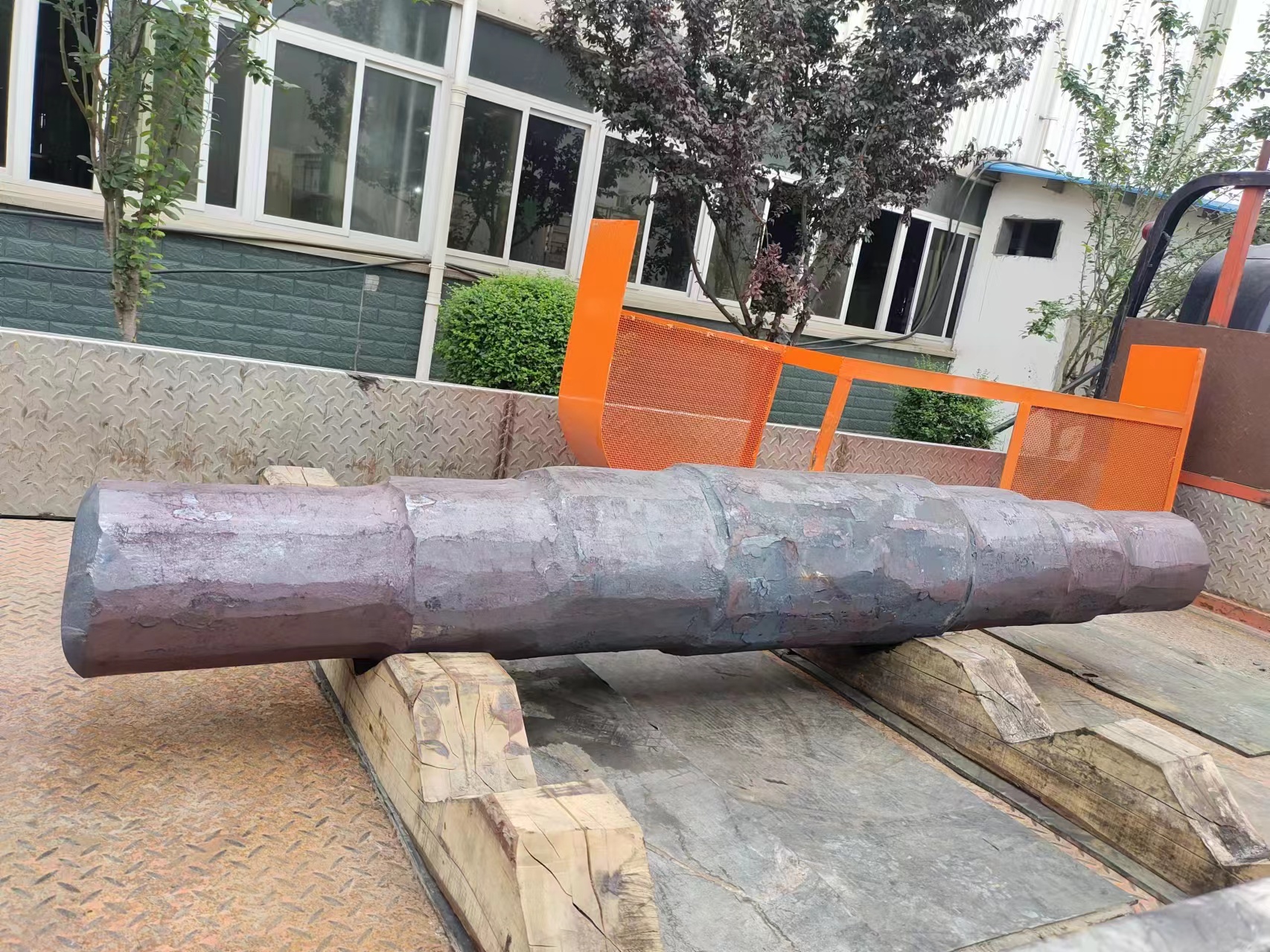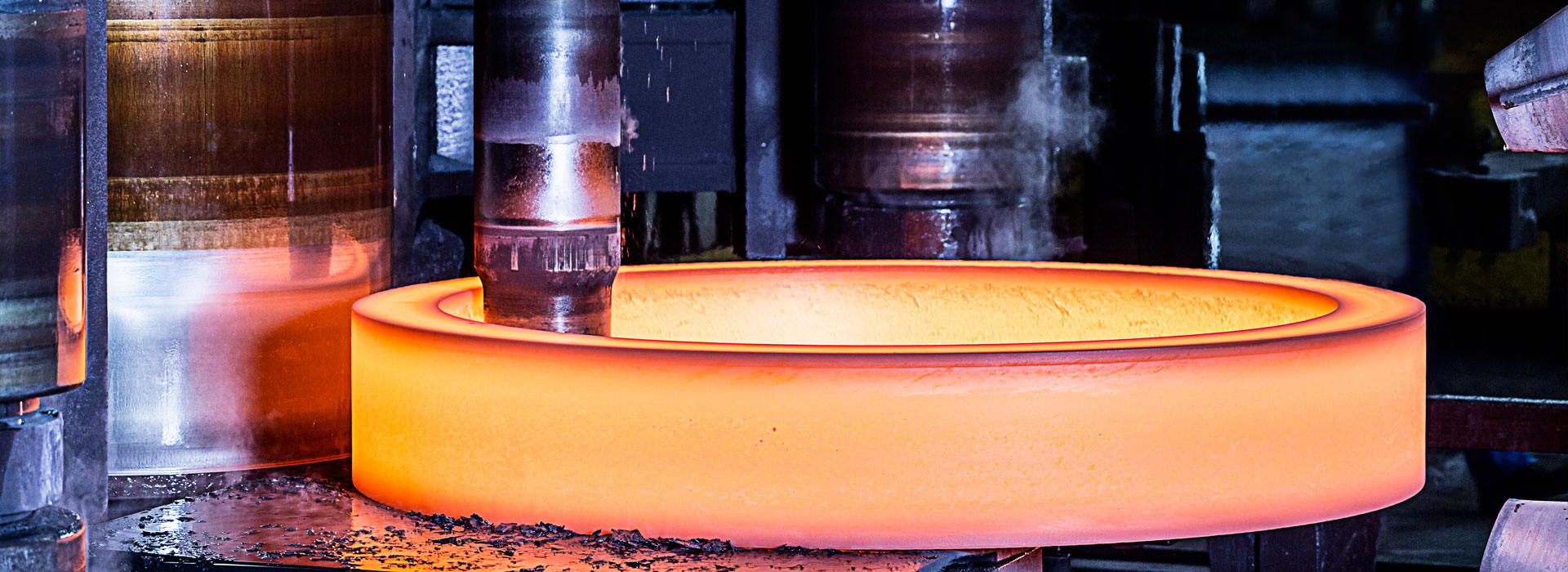The characteristics, application and manufacturing process of forging parts are explained in detail
2024-06-14
The characteristics, application and manufacturing process of forging parts are explained in detail
Forging is a kind of mechanical parts or products made by forging process. Forging is a kind of metal heating to a certain temperature, forging, extrusion, twisting, cutting and other operations to achieve the purpose of changing its shape, size and performance. Forgings are widely used in many fields, such as aviation, automotive, construction, electric power, petrochemical and so on. The characteristics, applications and manufacturing processes of forgings will be described in detail below.
First, the characteristics of forging:
Good mechanical properties: After high temperature forging, the internal structure and grain of the metal are refined, which increases the strength, hardness, wear resistance and corrosion resistance of the material.
High manufacturing accuracy: Forgings can be manufactured using molds, so the dimensional accuracy and surface quality are high.
Light weight: Forgings can be optimized to reduce weight, thereby reducing the weight of the entire product.
Good adaptability: Forgings can be customized according to different needs and have strong adaptability.
2. Application of forgings:
Aviation: Forgings are widely used in the aviation field, such as engine blades, gears, shaft parts and so on.
Automotive field: Forgings are also widely used in the automotive field, such as crankshaft, connecting rod, gear and so on.
Construction field: Forging parts can be used to manufacture structural parts of buildings, such as Bridges, steel components of high-rise buildings, etc.
Power field: Forgings can be used to manufacture key components of generator sets, such as rotors, stators, etc.
Petrochemical field: Forgings can be used to manufacture key components in petrochemical equipment, such as pump shafts, valves, etc.
Third, forging manufacturing process:
Material preparation: Prepare suitable metal materials according to the design requirements, and carry out preliminary processing, such as cutting, straightening, etc.
Heating: The metal material is heated to a certain temperature so that it has sufficient plasticity and deformation capacity.
Forging: The heated metal material is put into the mold and deformed by hammering, extrusion, twisting and other operations to achieve the desired shape and size.
Cooling: The metal material after forging is cooled to eliminate internal stress and increase its hardness.
Processing: Further processing of the cooled metal material, such as cutting, drilling, etc., to obtain the required size and accuracy.
Inspection: Quality inspection of metal materials after processing, including appearance inspection, dimensional accuracy inspection, etc.
Packaging: The inspected metal materials are packed to prevent them from being damaged or contaminated during transportation.
In short, forging is an important mechanical part or product with good performance and wide application. In the manufacturing process, it is necessary to go through multiple processes of processing and treatment in order to obtain high quality forgings. With the continuous progress of science and technology and the continuous improvement of application demand, forging technology will continue to develop and improve, providing better products and services for various fields.
this is open die forging produced by tongxin company




